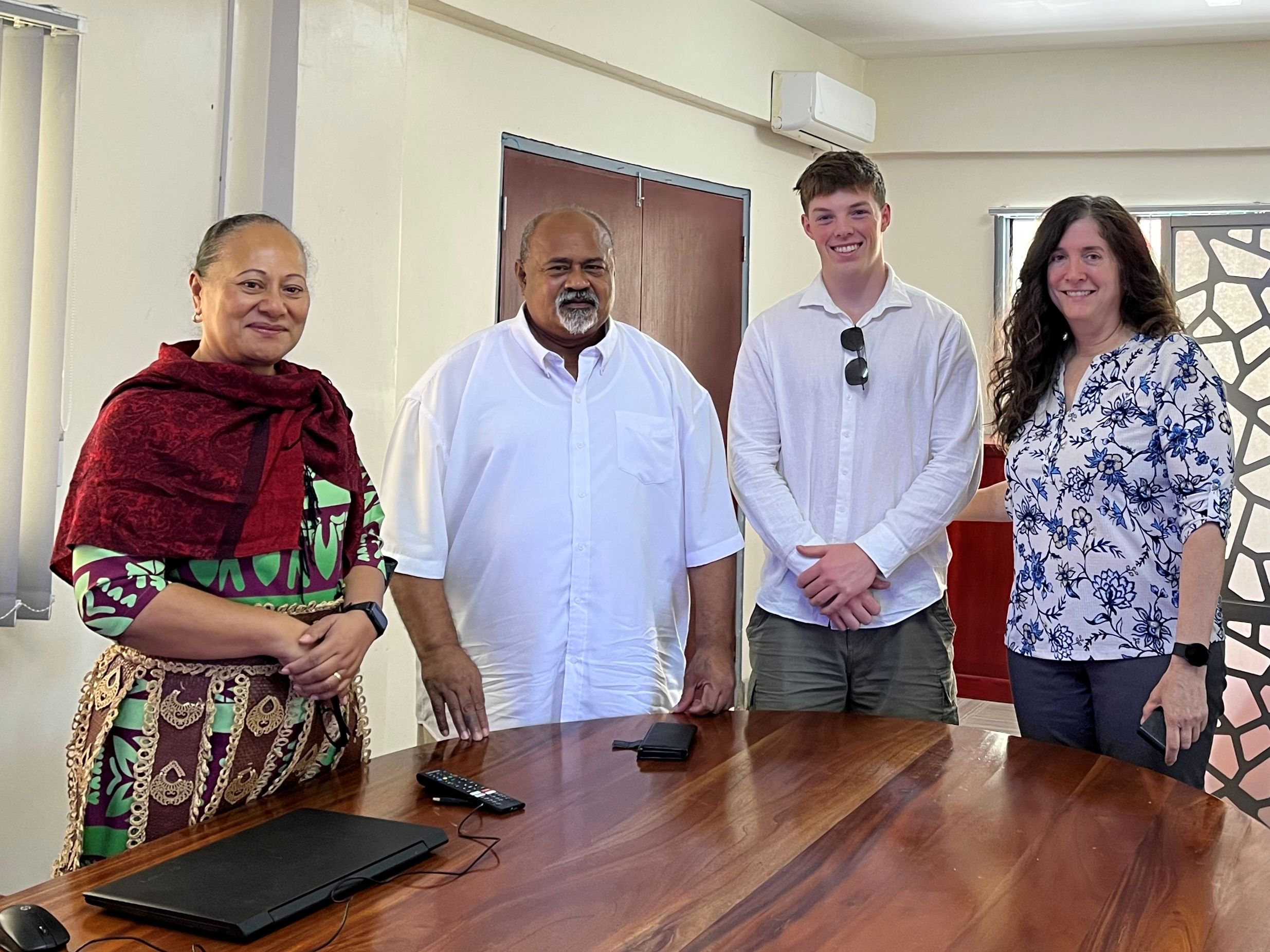When the legendary Phar Lap won the Melbourne Cup in 1930, the big chestnut horse didn’t just live up to his Thai name, which means “lightning”. He also brought together strands of colonial history and mythology that are only now properly visible.
By the time Phar Lap was born in Timaru in Aotearoa New Zealand’s Te Waipounamu South Island in 1926, horse racing was well established as an important industry throughout Australia and New Zealand. Successful colonisation involved the breeding of introduced species. Physical strength, egalitarianism, battling against the odds and “mateship” were also characteristics of the new colonial societies on both sides of the Tasman with a need to prove the new colonies could take on the world and win. For a while, Phar Lap embodied them all.
Phar Lap’s famous win by three lengths in 1930 – having survived an assassination attempt shortly beforehand – became part of the legend. Against the grim backdrop of the Great Depression, he offered escapism and even a sense of confidence that things could be better. Phar Lap’s death saw shock and public mourning and like holy relics the horse’s head, bones and heart were brought back and shared between Australia and New Zealand for the faithful to witness.
Read the article by UC History Professor Katie Pickles on The Conversation.










